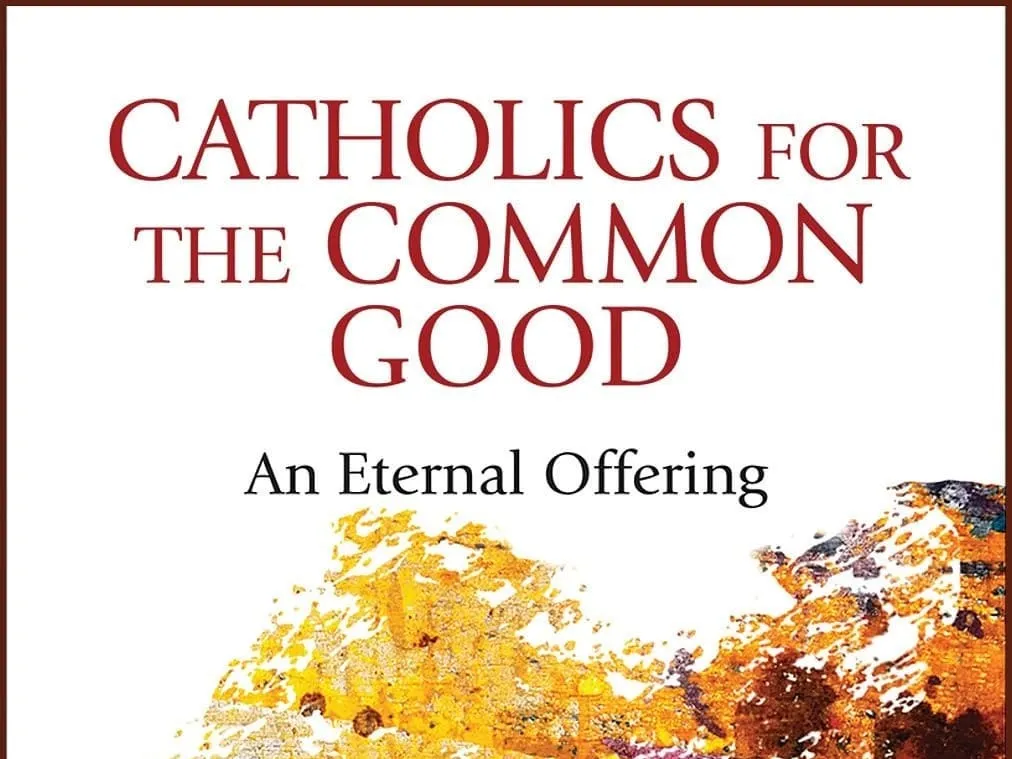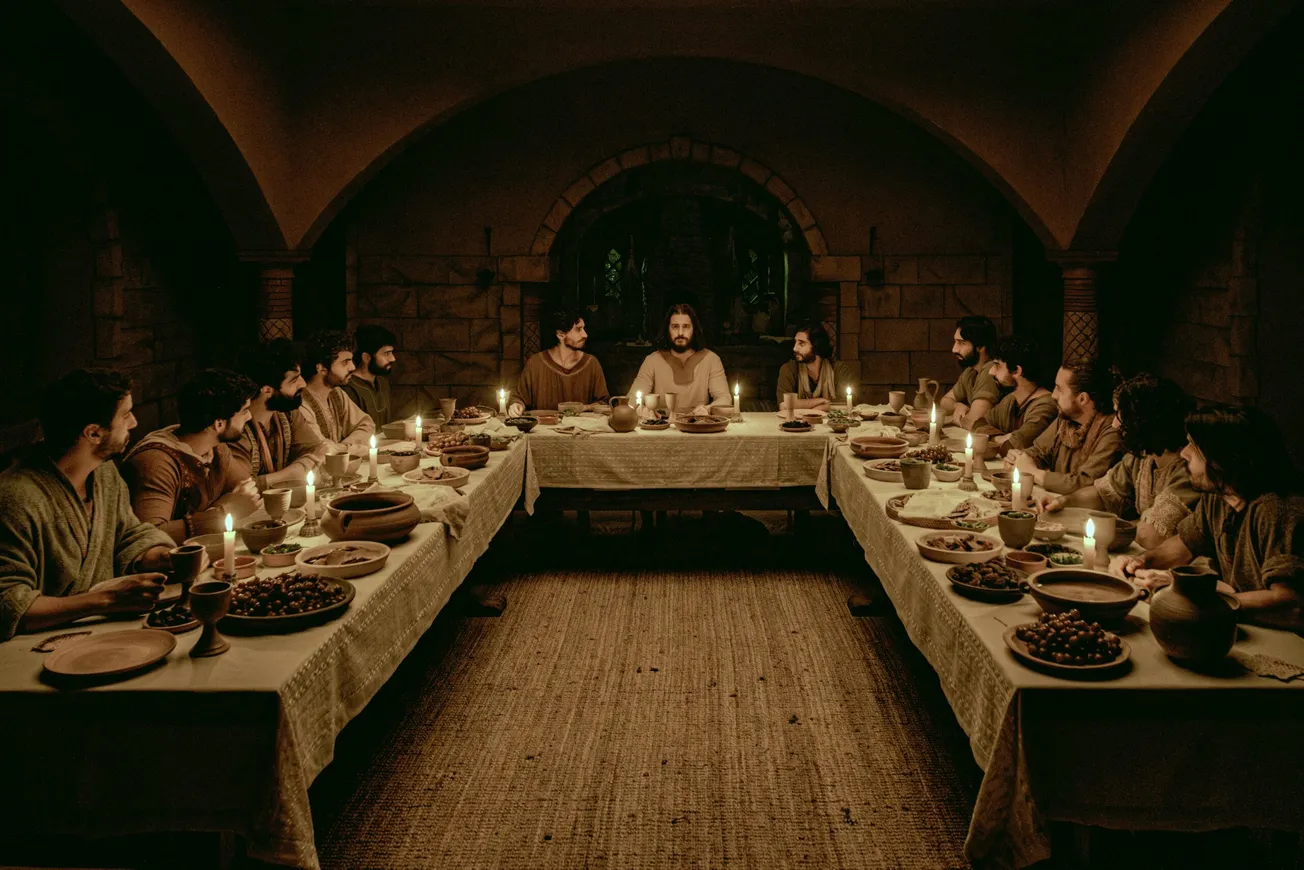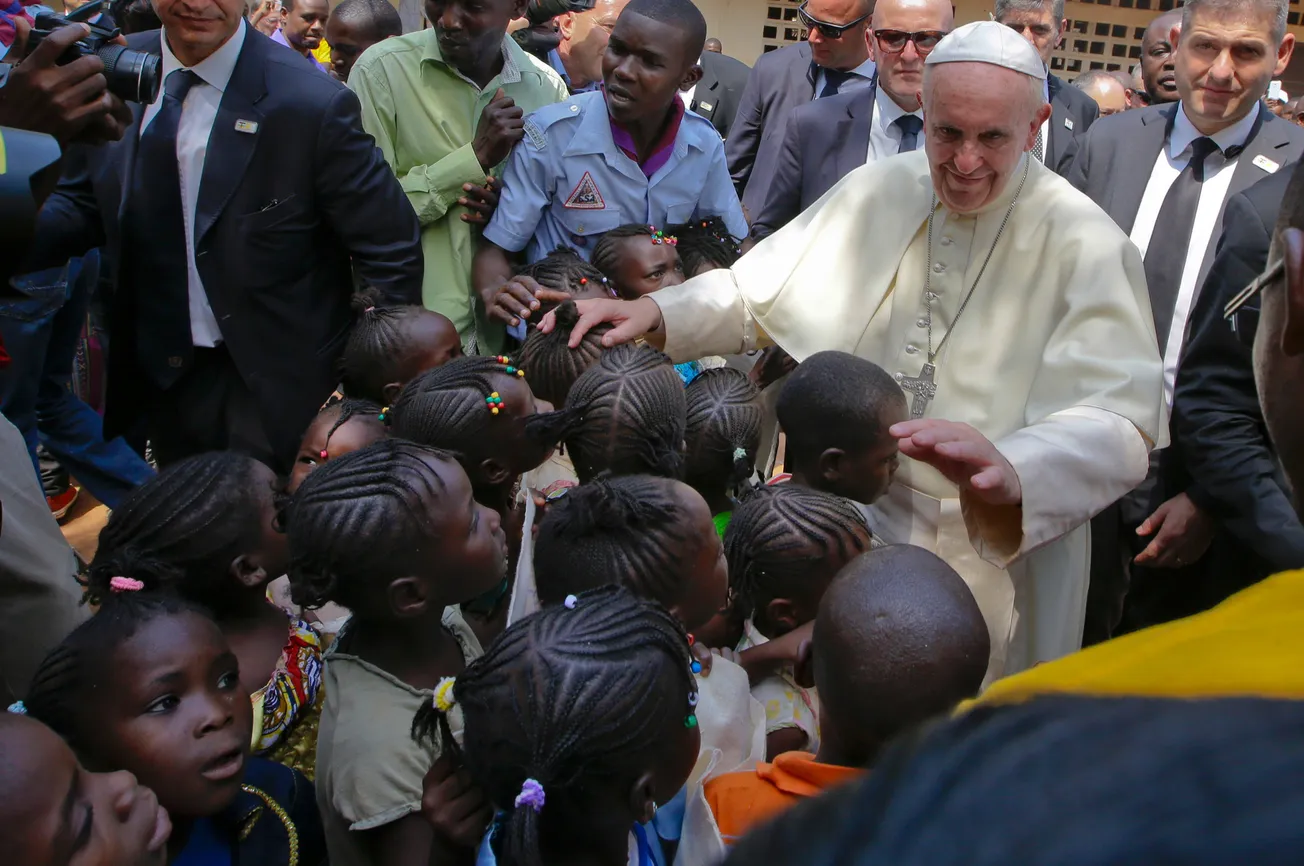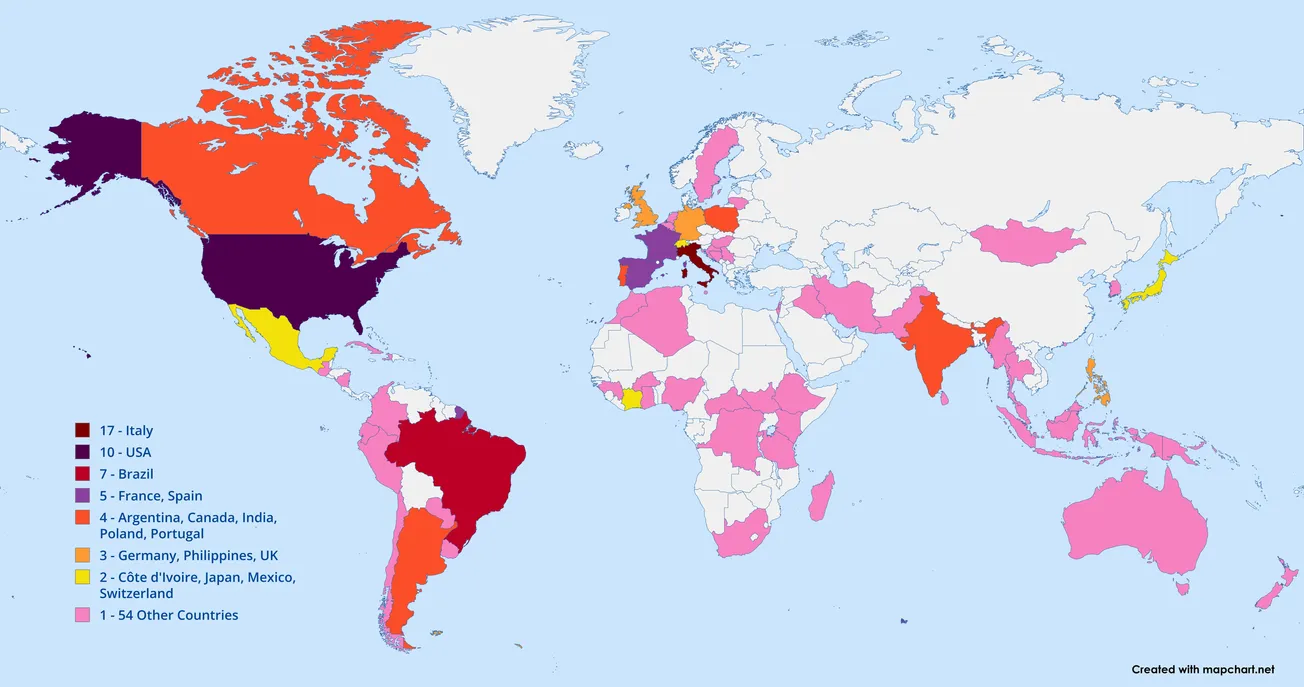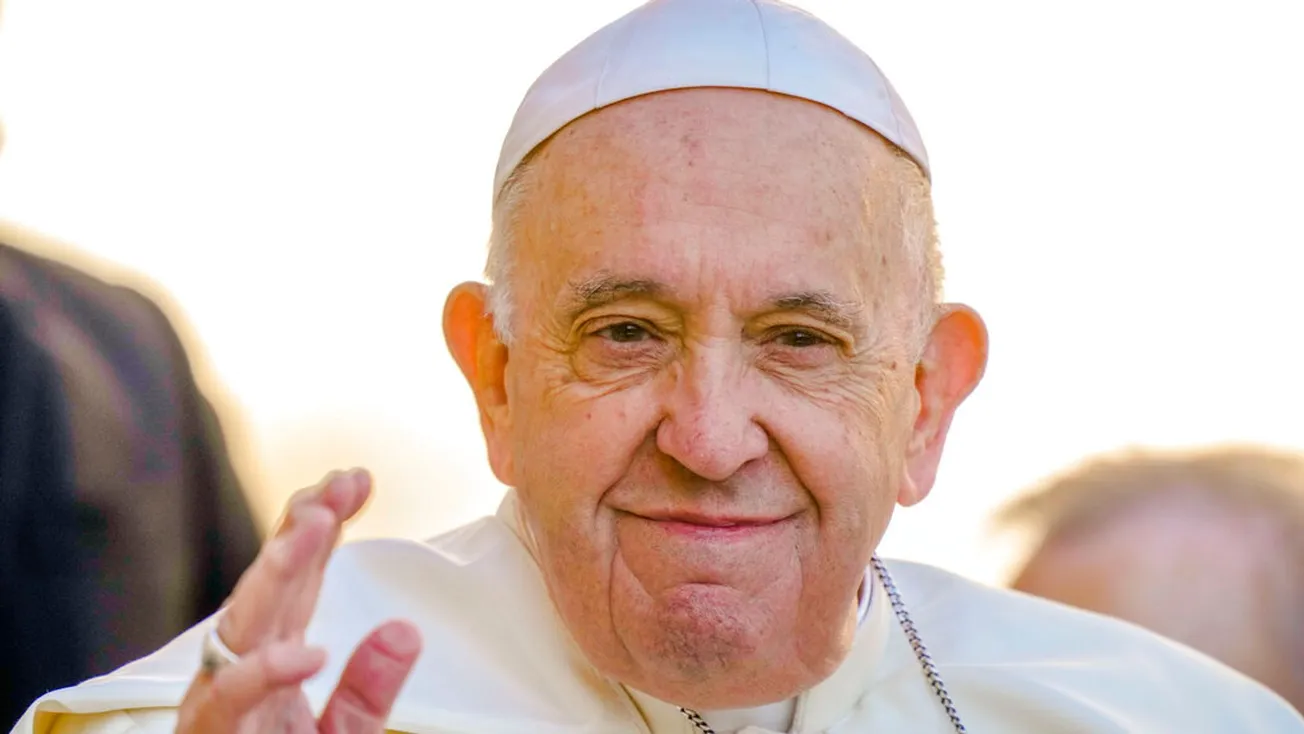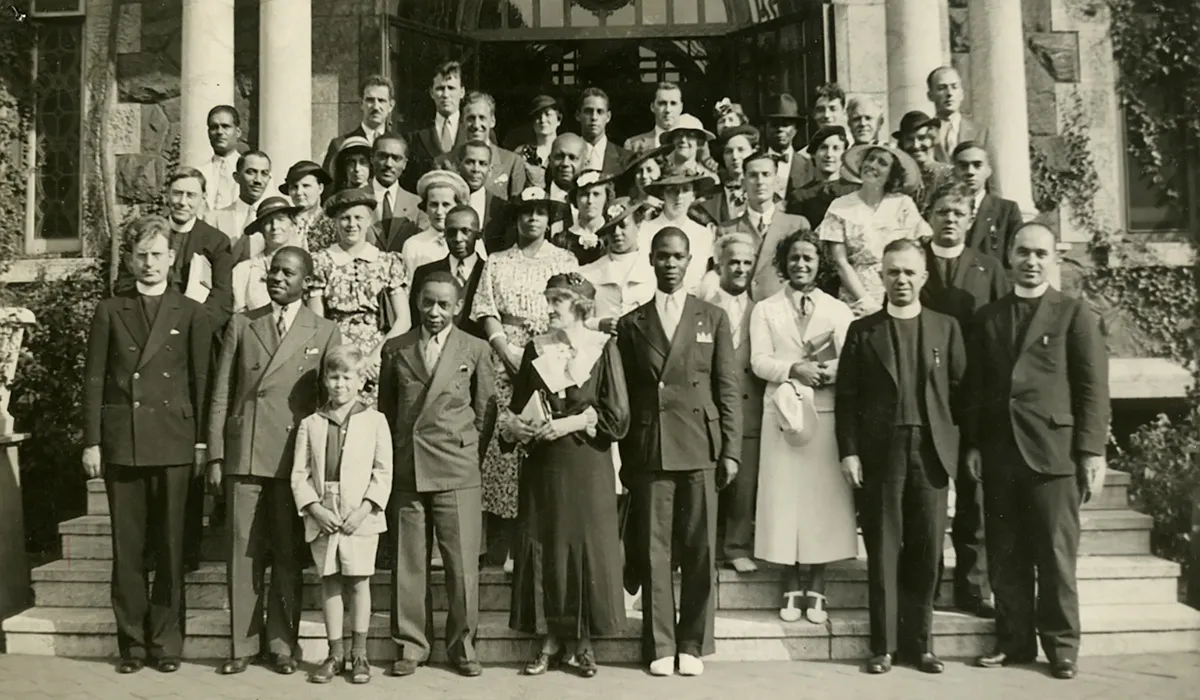The second chapter of Michael Heinlein’s Black saints text, published by Our Sunday Visitor, covers Venerable Mother Henriette Delille, founder of the second Black religious order in the United States, and the first in the Deep South.
Despite the monumental nature of this history, it is not mentioned by Heinlein. In fact, the Blackness of the order is entirely omitted in the section on Mother Henriette, both in the bio and Fr Josh Johnson’s reflection.
Also omitted is the fact that the order, New Orleans’ own Sisters of the Holy Family, ministered primarily to Black people. He opts instead to designate the sisters’ charge as “enslaved and free girls and women of color”, thereafter giving a threefold summary of their mission that fails to mention ethnicity at all.
Granted, the technical designation of free people of color is indeed a historical reference to African-descended people in the European colonies, but it’s not clear that this is what Heinlein was aiming for.
(The modern designation of “people of color” is often used today as a euphemism for Black people, but given its more broad application to other minorities, it would be a strange term to include in a biography about Mother Henriette and the Holy Family Sisters.)
In any case, Black people are not mentioned directly in the bio. The sisters’ own mission statement, on the other hand, gets quite specific:
“We exemplify and share the spirituality and charism of Henriette Delille with the people of God. We bring healing comfort to children, the elderly, the poor, and the powerless, especially those of African descent.
As we embrace the third millennium, our love for God compels us to confront racism, all forms of injustice, discrimination, and economic oppression through evangelization and education.”
While these are apparently “the most important points of Christian morality” mentioned by Heinlein, they are not delineated specifically by him in his description of their work.
What Heinlein does find time to include is praise for New Orleans’ Archbishop Antoine Blanc, a White man without whom “the congregation would not have existed”, according to Heinlein.
Of note, however, is the fact that Blanc himself was he who blocked the sisters from wearing habits or making public vows. (Unsurprisingly, this fact was blocked from Heinlein’s bio as well.)
The sisters’ lay affiliates, a group of free Blacks known as the Association of the Holy Family, have a far more legitimate claim to helping the sisters become established, but they are also omitted from Heinlein’s tale.
And despite the sisters’ own website describing themselves as an “African-American congregation”, Heinlein doubles down on his omission of this fact by instead highlighting that, at the time of Mother Henriette’s death, “twelve sisters of varied racial descents resided at the convent”. (What these racial descents might have been is left to the reader to investigate.)
Fr Josh Johnson, a conservative (but outspoken) racial justice advocate and Black priest, offered the reflection on Henriette’s life, noting how her life might inspire Black Catholics to persevere in the faith, and White Catholics to ensure that their Church-related activities are not racist or exclusionary.
Unlike the rest of the book up to this point, Johnson gets quite specific about White Catholic racism in the Church, going so far as to specify that Mother Henriette was “persecuted” by its White leaders. Oddly, though, Archbishop Blanc once again receives praise, this time for helping Henriette finally profess vows in 1851, with no mention of his former opposition.
Johnson also highlights Delille’s devotion to St Teresa of Avila, who is noted by him as reforming the Carmelite order in Spain by removing its racist policies against Jews and Moors (the latter of whom may have been Black Africans). Delille took vows on St Teresa’s feast day—though still without permission to wear a habit, a fact Johnson notes but does not connect to Blanc.
Noting the importance of not just learning about saints but about praying with them, Johnson highlights the spiritual component of the phenomenon of US Black saints finally being recognized in some capacity by the Catholic Church.
He also notes the ongoing scourge of racism and its current hold on much of Church life, putting forward Mother Henriette herself as a sign of hope for the future and for Black Catholics—should the Church accept her witness and embrace her vision.
Unfortunately, his closing note seems to make yet another attempt at absolving White Catholics of guilt, noting that “some” such leaders in fact helped her accomplish her mission.
Assuming this refers to those such as Archbishop Blanc, there is reason for caution in accepting this narrative. Moreover, it is unclear why such a comment belongs in a book about Black Catholic saints at all, even if true.
Sadly, the fact that OSV serves and is staffed by (conservative) White Catholics perhaps answers the question quite easily.
And while Fr Johnson sees in Mother Henriette the hope for “reconciliation”, one is left wondering how even the slightest whitewashing of her story accomplishes that goal—especially given the high stakes associated with a book on a very Black topic published by a very White publishing house.
Summing up the chapter (and perhaps the book overall), Johnson goes so far as to argue that “getting to know the saints is more than learning facts about them.”
In the opinion of this writer, though, we can't afford for it to be any less.
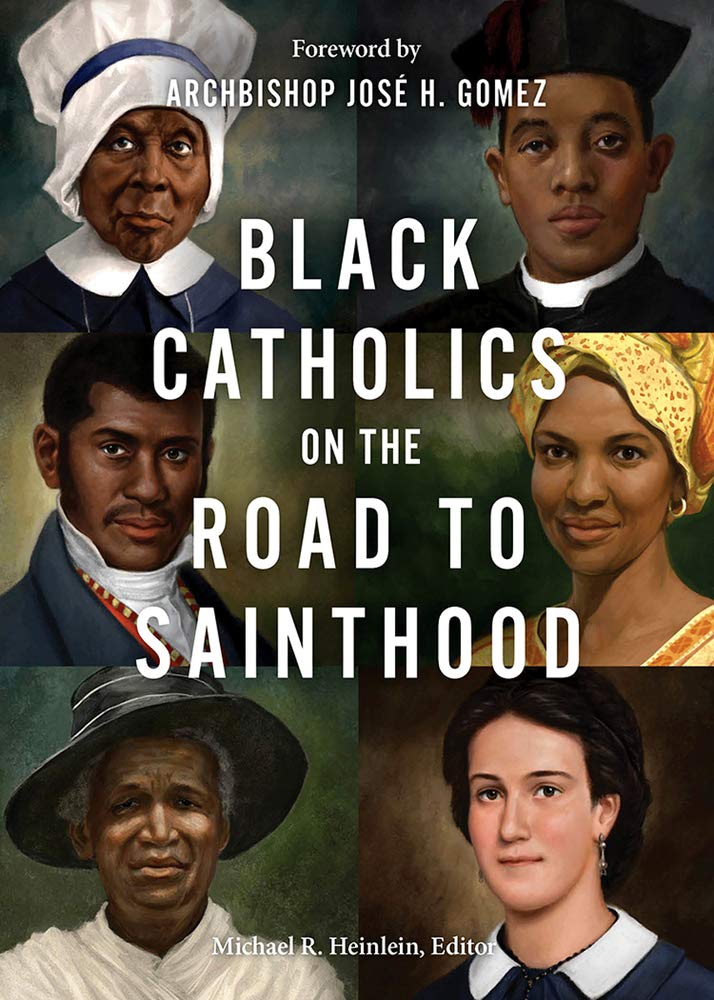
Nate Tinner-Williams is co-founder and editor of Black Catholic Messenger, in priesthood formation with the Josephites, and a ThM student with the Institute for Black Catholic Studies at Xavier University of Louisiana (XULA).




